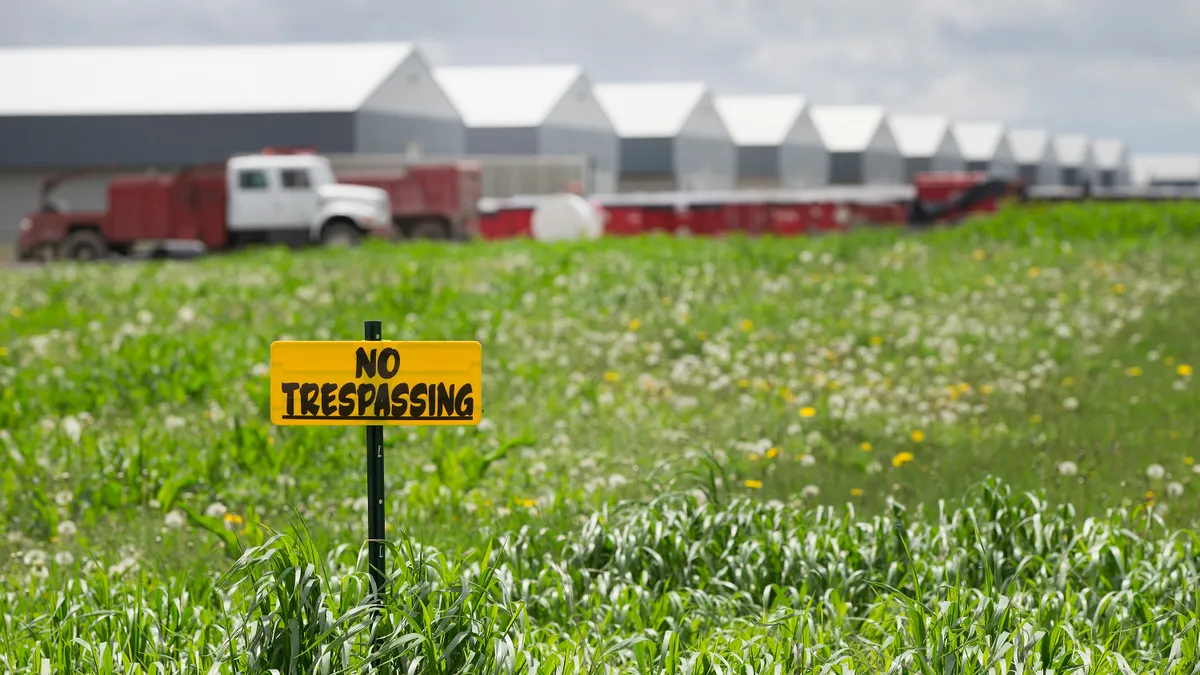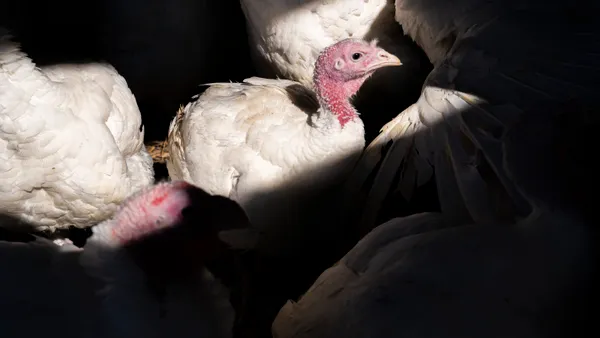Bird flu's worrying spread from poultry to dairy cows — and, in rare cases, humans — is highlighting the need for more proactive surveillance on commercial chicken farms, where the virus has taken a staggering toll on flocks in recent weeks.
Within just the last 30 days, farmers were forced to kill around 8.7 million birds on backyard and commercial flocks to mitigate the spread of highly pathogenic avian influenza, according to latest estimates from the U.S. Department of Agriculture. And bird flu's jump to dairy cattle is becoming another concern for poultry growers as the USDA acknowledges evidence that the virus has spread from dairy cows to nearby chicken farms.
The sheer number and variety of animals affected by the current outbreak, which began at the start of 2022, is likely fueling the rapid spread of the virus on U.S. poultry farms, said David Marks, a wildlife services biologist with the USDA's Animal and Plant Health Inspection Services.
While the virus has typically spread through migratory birds, avian influenza is now being found in pigeons, starlings, and other small birds that commonly nest in barns.
"That's really unusual," Marks said during a panel at Midwest Poultry Federation's PEAK trade show in Minneapolis last week. "We're finding them in house sparrows and all these other species."
The unique nature of the outbreak has also sparked public health worries. Dr. Jeremy Farrar, chief scientist at the World Health Organization, told reporters last week that the increasing number of infected mammals raises the concern that the virus could evolve and develop "the ability to infect humans."
Farmers are being advised to enhance biosecurity measures, including removing standing water and potential feed sources for wild birds. Some producers have also found luck scaring off migratory geese by using lasers or covering ponds with a sheet of mesh, Marks said.
However, with migratory birds not the only concern for transmission, farmers are also urged to inspect their properties to uncover potential structural vulnerabilities where wildlife can enter. Holes and tears in barns create openings for smaller birds, and uncovered waste bins could attract birds or even mammals infected with the virus.
Producers in Iowa, Minnesota and the Dakotas can be reimbursed to conduct assessments under a USDA pilot program. USDA surveillance has also ramped up as scientists race to identify how the virus spreads, though current monitoring undercounts the extent to which wildlife has been affected, Marks noted.
"This is just the tip of the iceberg," he said.











